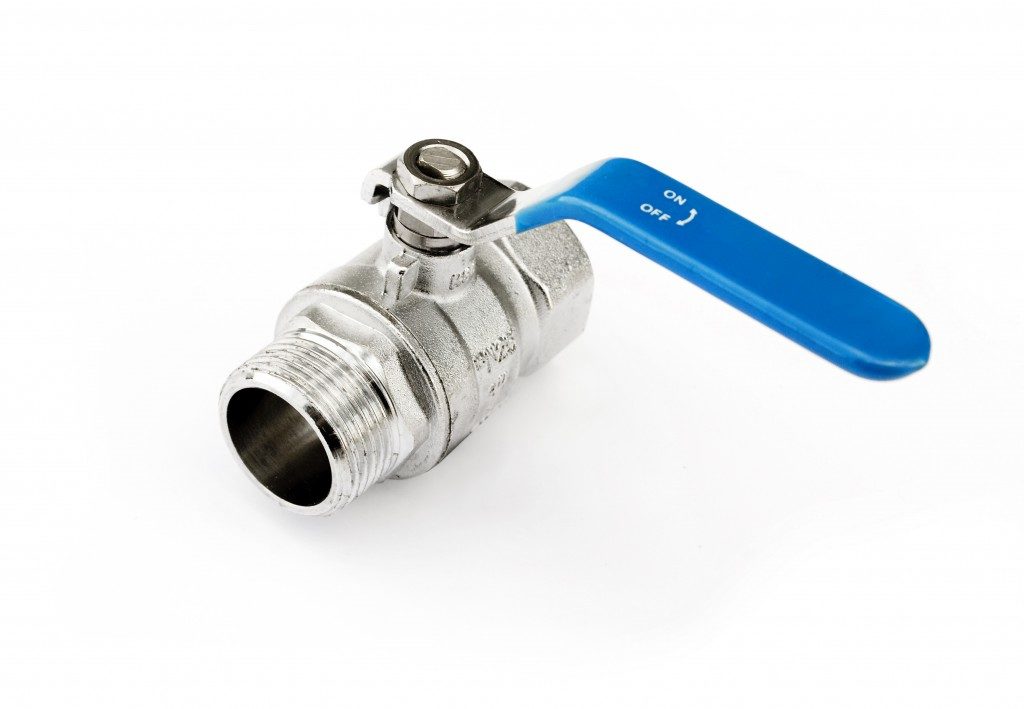What is a valve? You can see a number of valves at home, like the shutoff under your sink. Industrially, there are larger and more complex valves used. Whether you are buying industrial pipe valves in Utah or some ordinary valves for your kitchen, a piping valve is found where there is fluid being transported.
Functions of Valves
Valves are a key part of a piping system. They have several important functions. They can:
- Stop and start the flow by opening and closing the valve;
- Throttle the flow by lessening the opening;
- Control the flow direction by controlling multiport valves to direct fluid;
- Regulate the flow and pressure by automatic adjustments; and
- Relieve pressure or vacuum in case of overpressure.
Types of Valves
A valve is a piece of mechanical equipment that controls the flow and pressure of fluids in a given process or system. This is done by regulating, controlling, and directing fluid flow. There are several types of valves: gate, globe, check, plug, ball, butterfly, needle, pinch, and pressure relief.
A gate valve, the most common, is a linear motion valve designed to start and stop the flow. It is used in most fluid services, from air, fuel, to lube oil. A globe valve can start, stop, and regulate flow. Used in processes that need flow control and leak tightness, it can shut better than a gate valve. A check valve is made to prevent backflow. Fluid pressure opens the valve while flow reversal closes it.
A plug valve, a quarter-turn rotary motion device, employs a tapered or a cylindrical plug in stopping and starting the flow. It can provide shutoffs that are bubble tight. A ball valve is another quarter-turn rotary motion valve; it uses a ball-shaped disk in stopping and starting the flow. This valve is smaller than a gate valve. A butterfly valve, also a quarter-turn valve, can stop, start, and regulate flow. With its short circular body, it is best for large flow applications.
A needle valve is the same as a globe valve in structure. It offers more accuracy when used in smaller piping systems. A pinch valve (or clamp valve) is a linear motion valve like a gate valve. It can start, stop, and regulate flow. It is best used for holding and transferring liquids with heavy solids. A pressure relief valve is a valve that protects equipment or pipes by releasing pressure when overpressure exists.
Buying Tips

The cost of a valve in a system is between 20 to 30 percent of all costs. If you choose a ball valve over a butterfly valve for a similar use, it will cost you more. So selecting the right valve is necessary to avert costly decisions.
With industrial valves, there are sets of rules and standards to follow when making a purchase. Selection standards are set mainly by the American National Standards Institute (ANSI), particularly with material purchasing specifications. Amercian Water Works Association (AWWA) also has set standards for selecting the material type.
The value of a valve with respect to the whole process is too significant that it becomes the key part of a piping system. The number of types of valves may offer unique choices, but they can also distract you from getting the right valve, economy-wise. When choosing, study the types so that you can avoid bad, costly trade-offs.

